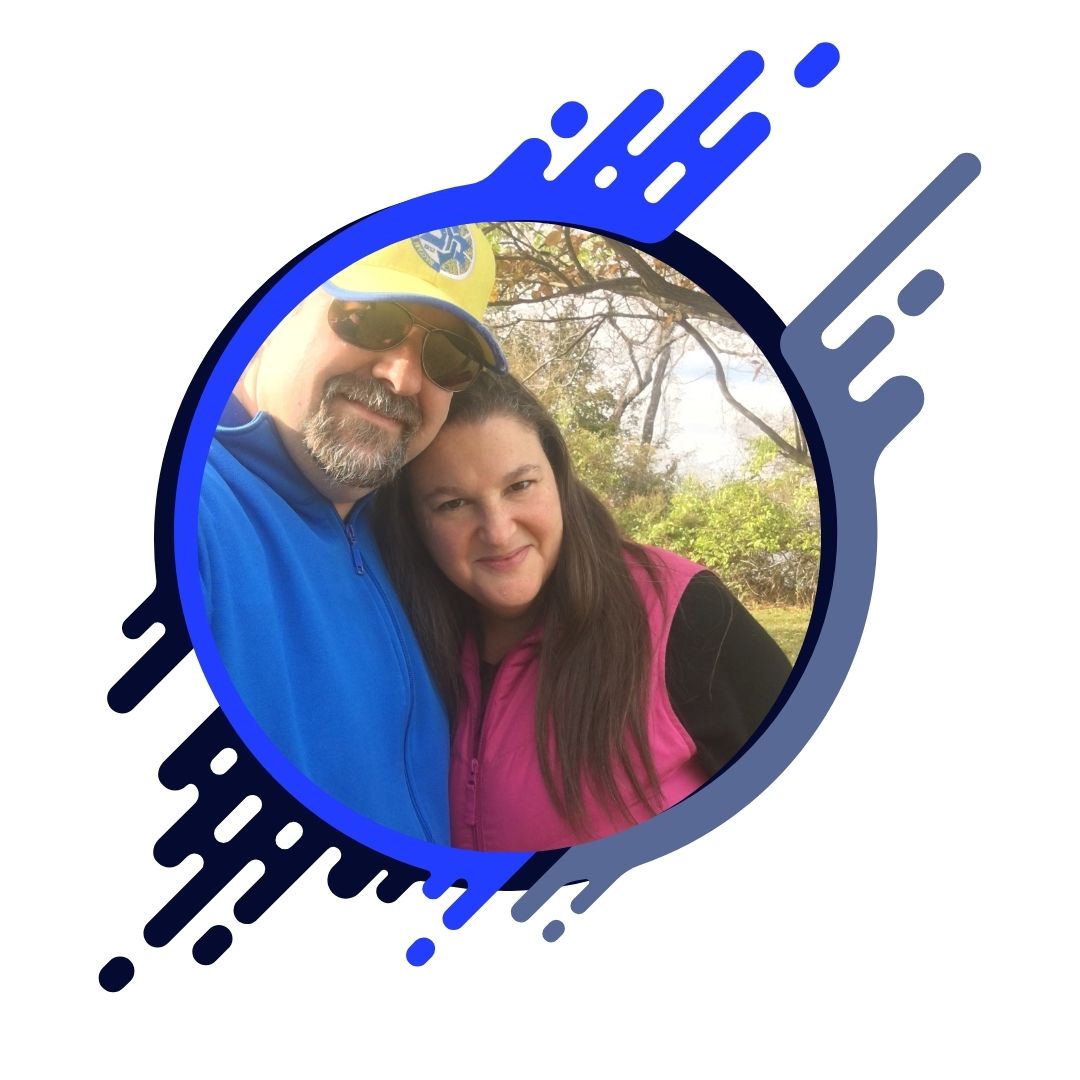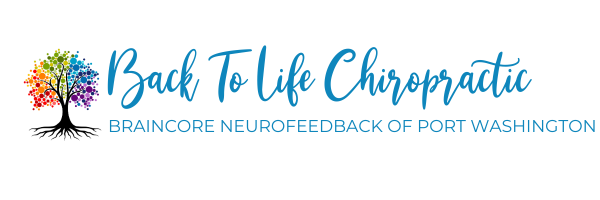
Attention Deficit Hyperactivity Disorder (ADHD) affects millions of children and their families, often throwing daily routines and emotions into disarray. Parents navigating ADHD know the challenges—difficulty focusing, impulsiveness, hyperactivity, and frustration. While common treatments like medication and therapy can be effective, parents are increasingly looking toward more holistic, non-invasive approaches. Enter neurofeedback, a cutting-edge tool that empowers families to support their child’s ADHD management while fostering long-term growth.
This article explores how neurofeedback works, its benefits, and why more families are incorporating it into their holistic health toolkit.
What Is Neurofeedback?
Neurofeedback is a type of brain training designed to improve the brain’s ability to self-regulate. Simply put, it’s a way to help the brain function at its best by responding to real-time feedback.
Using advanced technology, neurofeedback maps brainwave activity and identifies patterns that may be overactive, underactive, or imbalanced. For families managing ADHD, these patterns often manifest as impulsiveness, lack of focus, or difficulty controlling emotions. By providing gentle feedback during sessions, neurofeedback trains the brain to adopt healthier rhythms and improve overall function.
This approach doesn’t involve medication, making it an appealing option for parents seeking natural, drug-free interventions.
Why Do Families Choose Neurofeedback for ADHD?
Parents exploring ADHD management options often ask, “What makes neurofeedback different?” While traditional approaches like behavioral therapy and medication remain valuable, neurofeedback provides unique advantages that make it stand out.
Here’s why families are turning to neurofeedback as part of their holistic ADHD management plan:
1. Non-invasive and Drug-Free
For parents hesitant to rely exclusively on medication—or for children who experience side effects—neurofeedback offers a natural alternative. No needles, no prescriptions, and no risks of dependency.
2. Improved Focus and Attention
Studies suggest that neurofeedback helps children sustain attention and improve cognitive performance. By guiding the brain into healthier patterns, children often find it easier to focus on schoolwork and other responsibilities.
3. Better Emotional Regulation
Children with ADHD often struggle with meltdowns or emotional outbursts. Neurofeedback helps stabilize the brain’s response system, allowing children to manage emotions more calmly.
4. Tailored to Individual Needs
Each neurofeedback session is tailored to a specific child’s needs. This level of customization ensures the therapeutic process aligns with their unique brainwave patterns and ADHD symptoms.
5. Fosters Confidence and Independence
Over time, children may feel more in control of their actions and thoughts. This boost in confidence can improve family dynamics, reduce feelings of frustration, and enhance quality of life for everyone involved.
What Does Neurofeedback Look Like?
For parents considering neurofeedback but unsure of what to expect, here’s a look at a typical session.
- Brain Mapping and Evaluation
Before the first therapy session, practitioners conduct a brainwave assessment (also called QEEG mapping). This painless process identifies specific areas of dysregulation that may be contributing to ADHD-related challenges.
- A Session in Action
During a neurofeedback session, a child sits comfortably while electrodes are placed on their scalp. These sensors track brainwave activity in real time (don’t worry—they only read signals, not transmit!).
The child then engages in visual or audio activities—such as watching a movie, playing a game, or listening to music. These activities provide feedback; for instance, a screen may brighten when healthy brainwaves are detected or dim when dysregulated brainwaves dominate. Over time, this feedback teaches the child’s brain how to regulate itself more consistently.
- Duration and Frequency
Sessions typically last 30-60 minutes and are held 1-2 times per week. While noticeable improvements might appear after just a few sessions, many families opt for 20+ sessions to achieve lasting results.
Scientific Support for Neurofeedback in ADHD
Neurofeedback is more than just a trendy tool—it’s backed by research. A growing body of studies highlights its effectiveness in managing ADHD symptoms.
- A review published in Current Psychiatry Reports found neurofeedback to be a promising intervention for improving attention and reducing impulsiveness in children with ADHD.
- Research in European Child & Adolescent Psychiatry suggests that neurofeedback offers lasting improvements, with children reporting benefits long after completing their sessions.
- The American Academy of Pediatrics has even recognized neurofeedback as a Level 1 category treatment for ADHD—its highest evidence ranking.
Parents can feel confident knowing neurofeedback’s foundations are grounded in science.
Building a Holistic ADHD Toolkit
While neurofeedback is a powerful tool, it works best as part of a comprehensive and holistic ADHD management plan. Pairing neurofeedback with other approaches, such as behavioral therapy, mindfulness practices, dietary adjustments, and exercise, creates a well-rounded strategy that addresses ADHD from multiple angles.
Additionally, family involvement plays a pivotal role. Supporting a child with ADHD isn’t just about managing their symptoms—it’s about creating an environment where they feel understood, empowered, and encouraged to thrive.
Is Neurofeedback Right for Your Family?
Deciding whether neurofeedback is right for your child is a deeply personal decision. Factors such as your child’s individual needs, your family’s goals, and your access to certified neurofeedback practitioners can all influence the choice.
If you’re considering neurofeedback, start by consulting with experienced professionals who specialize in ADHD and brain training. They’ll guide you through the process and help determine whether it’s the right fit for your child’s unique challenges and strengths.
Supporting Your Child’s Journey
Parenting a child with ADHD is no small feat, but tools like neurofeedback put a brighter future within reach. Beyond symptom relief, this intervention empowers children to feel more in control of their lives while fostering stronger familial bonds.
At every step of the way, remember that progress doesn’t happen overnight. Be patient, celebrate small victories, and lean on the support of trusted practitioners and community resources.
If you’re curious about how neurofeedback could support your family’s ADHD management plan, don’t hesitate to take the next step. Together, we can build a brighter, more balanced future for your child—and your entire family.


0 Comments